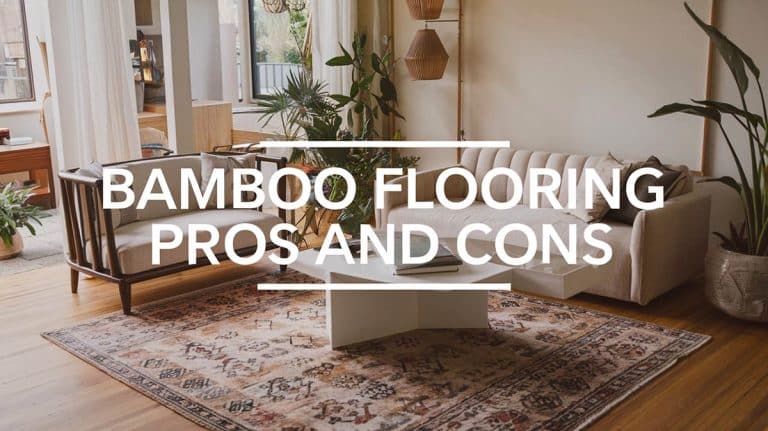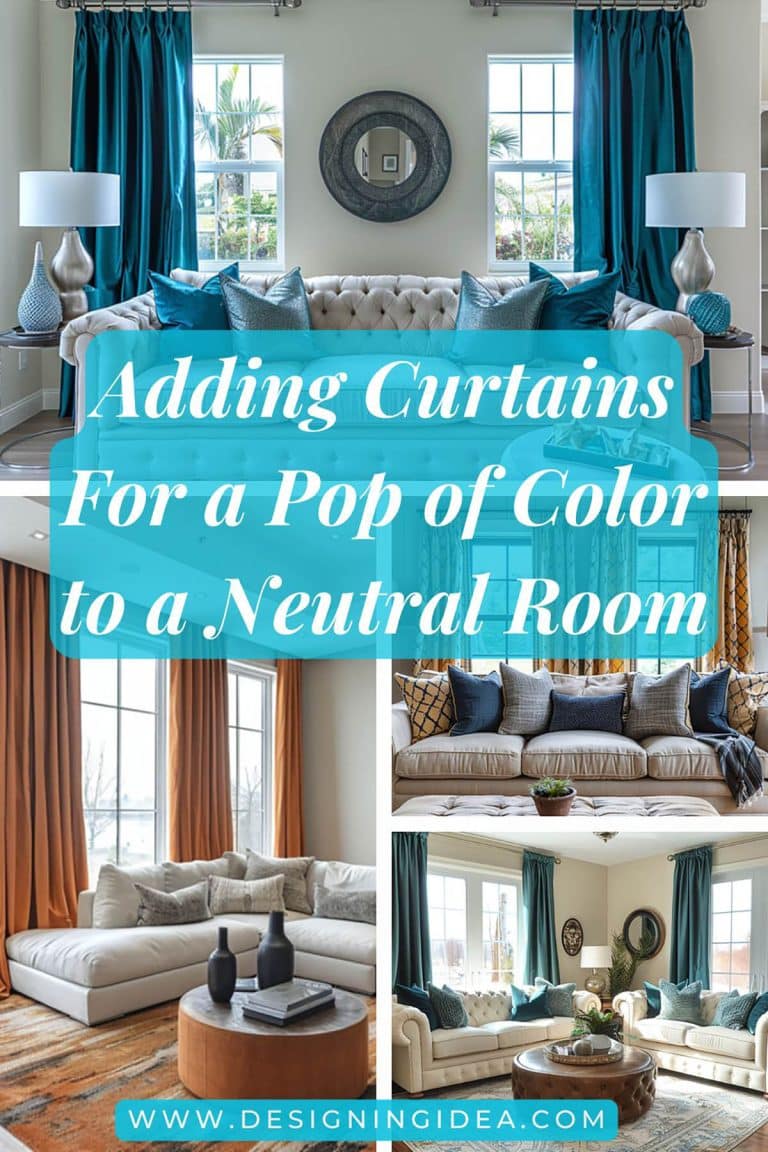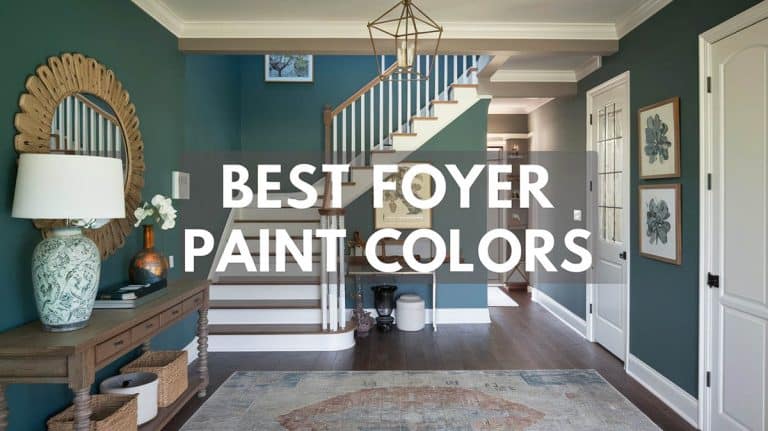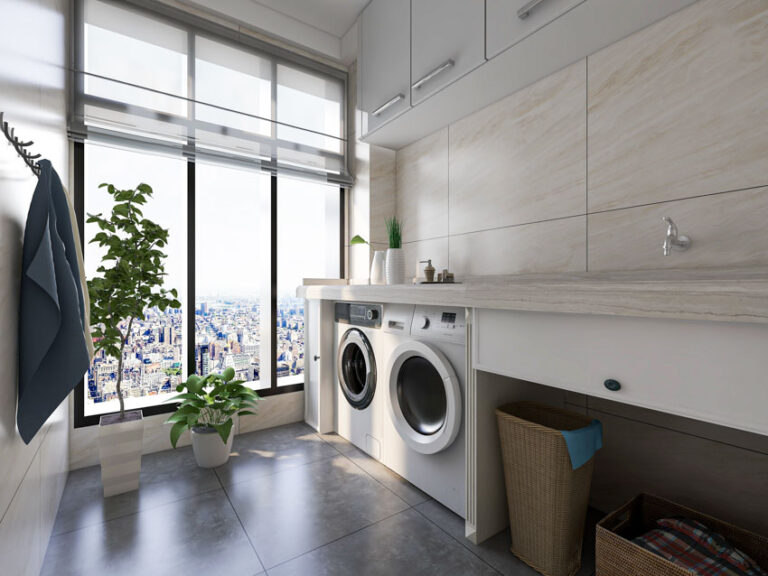The Beauty of Arabesque Tiles: Design Ideas for a Stunning Makeover
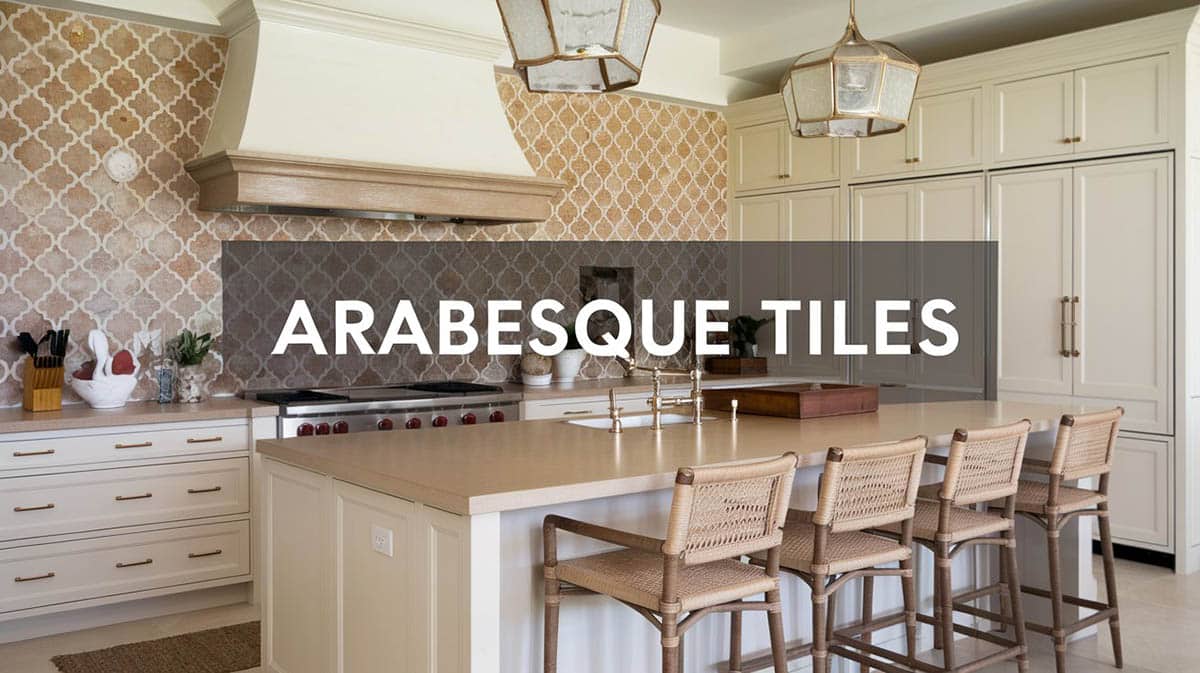
Arabesque is the tiles’ design; it is a highly ornamental design containing flowing lines intertwined with each other. Arabesque originates from Arabic and Moorish design, often being a part of scrolls. This design looks organic and has rhythm in its patterns of foliage as well as plain lines. Now, arabesque tiles take from that idea and style and create tile shapes that can be used as flooring, wall covering, and backsplash.
These shapes are distinctive and come from the Middle East and the Arabesque design itself. These tiles are quite ornamental, radiating movement and rhythm with their delicate curved pattern. Since arabesque tiles are more determined by their shape than anything else, they come in various amounts of materials. Glass, ceramic, and porcelain mosaic tiles are commonly used when making arabesque tiles.
Arabesque Tile Backsplash
A backsplash is the focal point in most kitchens and can be the make or break point for aesthetics. Often it is the best place to add accents and unique colors and patterns to catch the eye without overwhelming the space. Not only is it aesthetically pleasing, but it is also a functional piece of the kitchen. The backsplash protects the walls in the most used kitchen area, offering a cleaner area.
Backsplashes are most commonly done with mosaic tiles. These can be glass, ceramic, porcelain, etc. Typically ceramic or porcelain tiles will need professional installation – and with flooring, it is recommended – but for something small like backsplashes, you can save a few bucks and complete the project yourself if you have the time and capabilities. This is because thicker tiles will be heavy, but the mosaic tiles will often be small and lighter weight; some even come with a netting on the back for easy installation.
Arabesque tile backsplash can range from $10 to $20 per square foot due to its decorative qualities. Prices vary with the sizes and materials. Installation can also be an added price, whether it is professional or buying the supplies needed to install it yourself.
There has been a rise in the use of arabesque tile patterns in recent years for kitchen backsplash. This is because the desire for texture and movement calls to the consumers. While this is trendy now, it is good to beware of the changing styles and keep in mind your chosen colors so the backsplash can speak through the pattern and last for years to come.
Lucky with backsplashes, though, they are relatively easy to swap out if vibrant is on the consumers’ wish list right now. They look great paired with white kitchen cabinet designs and the vibrant pattern can be offset by the use of neutral countertops, and wall paint in a light color. See examples of Arabesque backsplash above the stove top here.
For those craving a sense of timeless elegance with a modern twist, look no further than MSI Surfaces‘ stunning Greecian White Arabesque mosaic. This Italian marble mosaic takes luxury to new heights with its rich tonal variations in shades of white.
According to the manufacturer, the thin grout lines and crisp, clean edging lend a distinctly contemporary feel to these opulent mosaics. But it’s the smooth, sensual curves that truly steal the show – providing an unexpected contrast to the tiles’ crispness. The combination of those sleek lines and organic shapes is just exquisite and it instantly elevates any space with nuanced drama and sophistication.
Arabesque Tile Shower
You can also use Arabesque tiles in the bathroom shower with appealing results. This tile has a large variety of color options, making it easy to match other finishes and decor. According to the experts at Daltile these shapes allow you to play with pattern and color with exciting results. An arabesque motif provides the perfect foundation for crafting spaces brimming with style and atmosphere.
You can really use colored arabesque tiles to develop and shape a room’s distinct aesthetic vibe, they explain. Don’t be afraid to go bold with vibrant, spicy hues to energize a room’s atmosphere and inject some zest, they explain. On the flip side, moody, darker arabesque shades lend an alluring air of mystery – ideal for cultivating a supremely vogue, daring living room ambiance.
For sanctuaries meant to soothe like bathrooms, soft neutral grays, almonds, icy blues or sandy tones help expand that relaxing, ahhh-inducing feeling. The key according to Daltile? Choosing arabesque colors and playing with warm or cool tones to evoke your desired room persona. “In the right setting, an arabesque pattern in the perfect colorway results in spaces that feel warmly welcoming yet utterly on-trend.”
Arabesque Floor Tile
Flooring is an integral part of every design and can significantly impact the space’s aesthetic. Flooring can either stand out and be the focal point in the design or blend into a cohesive look within the space. Adding an arabesque pattern can do either of these two things. Being a focal point with an ornamental design like this is a piece of cake, taking the beautifully shaped tiles and putting them in a unique pattern or choosing vibrant colors; there are even painted tiles that can make for a beautiful floor design.
If there is already another focal point (commonly the backsplash) the arabesque-shaped tiles can be selected in a calm neutral stone finish to correlate with the other finishes in the space, grays and beige (and a mix of the two being greige) will be a great addition while not overwhelming the space with pattern, color, and texture. Instead, it uses its natural beauty and simply is.
Flooring like this is most commonly done with ceramic or porcelain tiles. Typically ceramic or porcelain tiles will need professional installation – and with flooring, it is recommended due to the weight and intricacy. This is because thicker tiles are needed for flooring than backsplash applications. These pieces also all come separately, requiring proper spacing and cutting of each tile to get the desired look for the flooring.
These can range from $15 to $30 per square foot due to their decorative qualities, weight, and size needed for flooring. Prices vary with the sizes and materials, but porcelain or ceramic is commonly used.
Installation can also be an added price, whether it is professional, or buying the supplies needed to install it yourself; it is highly recommended to use a professional when installing stone flooring, especially with a tricky pattern such as arabesque.


